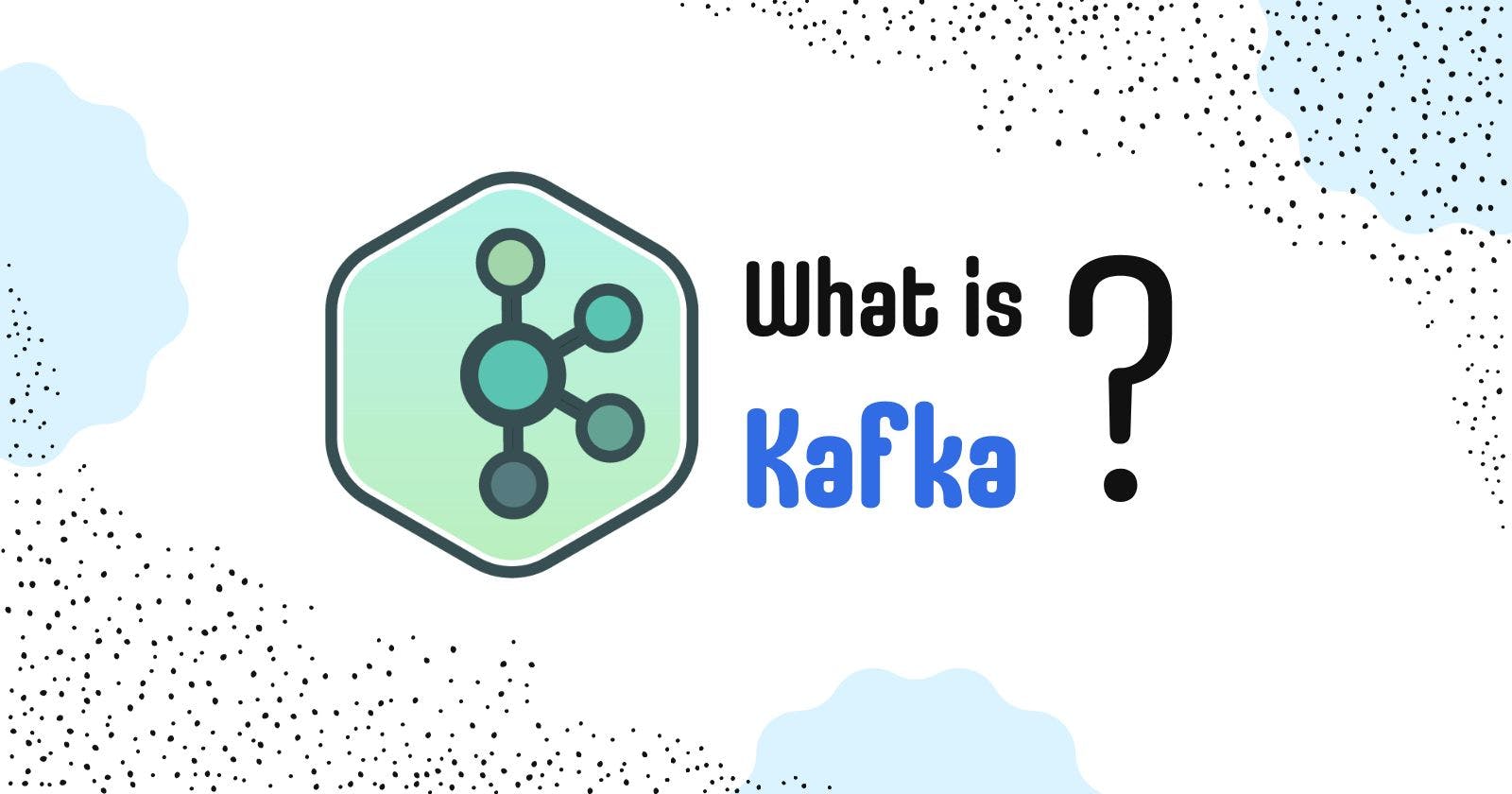Introduction
In the ever-evolving landscape of modern cloud applications, user expectations for a seamless and real-time experience have become paramount. This demand has led to the emergence of technologies like Apache Kafka, an open-source distributed streaming platform that has revolutionized the way developers build and manage real-time event-driven applications.
Key Characteristics
Apache Kafka's strength lies in its ability to handle vast streams of data in real-time, making it an ideal choice for applications requiring low latency and high-throughput performance. Here are some key attributes that make Kafka a powerhouse in the realm of real-time streaming:
Distributed Architecture: Kafka operates as a distributed cluster, spanning multiple servers or data centers. This architecture enables it to handle a high volume of users simultaneously without sacrificing performance.
Speed and Accuracy: Kafka is designed for speed, ensuring that data records are processed rapidly. Moreover, it maintains a high level of accuracy by preserving the order of data records as they occur.
Resilience and Fault Tolerance: The distributed and replicated nature of Kafka makes it resilient and fault-tolerant. This ensures that even in the face of hardware failures or other issues, Kafka continues to operate reliably.
Streaming data ingestion and processing: Kafka allows developers to easily ingest and process streams of data in real-time. This makes it possible to react to events as they happen, rather than waiting for batch processing to complete.
Key Components
Broker: Kafka operates on a distributed architecture with multiple brokers. Brokers are responsible for storing and managing data, and they communicate with each other to maintain consistency.
Topics: Data in Kafka is organized into topics, which act as channels for communication. Producers publish messages to topics, and consumers subscribe to these topics to receive and process the data.
Producer: Producers are responsible for publishing messages to Kafka topics. They push data to brokers, allowing for real-time communication and data flow.
Consumer: Consumers subscribe to topics and process the incoming messages. They play a crucial role in analyzing and acting upon the data flowing through the Kafka cluster.
Use Cases
Log Aggregation: One of Kafka's primary use cases is log aggregation. It efficiently collects and stores logs from various applications, making it easier to monitor and analyze system behavior.
Event Sourcing: Kafka supports event sourcing, a design pattern where changes to the application state are stored as a sequence of immutable events. This facilitates audit trails and reconstruction of application state at any given point in time.
Real-time Analytics: Kafka's ability to handle large volumes of data in real-time makes it an ideal choice for real-time analytics. Organizations can derive actionable insights from streaming data as events occur.
Messaging: Kafka's publish-subscribe model makes it a robust messaging system. It enables seamless communication between microservices, ensuring that each component is aware of the events occurring across the system.
How Kafka Works
Apache Kafka's functionality is built upon four core APIs:
Producer API: The Producer API allows applications to publish data streams to topics, which are ordered collections of events.
Consumer API: The Consumer API enables applications to subscribe to topics and consume the data streams, either in real-time or by processing historical data.
Streams API: The Streams API provides a powerful tool for transforming data streams in real-time. It consumes data from topics, analyzes and aggregates it, and produces the resulting transformed streams to other topics.
Connector API: The Connector API facilitates the integration of external data sources into the Kafka ecosystem. Developers can create reusable connectors that allow applications to seamlessly consume data from sources like MongoDB or databases.
Conclusion
In the fast-paced world of cloud applications, Apache Kafka stands out as a powerful enabler of real-time experiences. Its distributed architecture, speed, accuracy, and versatility make it a go-to solution for developers aiming to meet the demands of modern users. By decoupling system dependencies, enabling location tracking, and facilitating data gathering, Kafka opens up a world of possibilities for creating dynamic and responsive applications in the era of real-time expectations.
